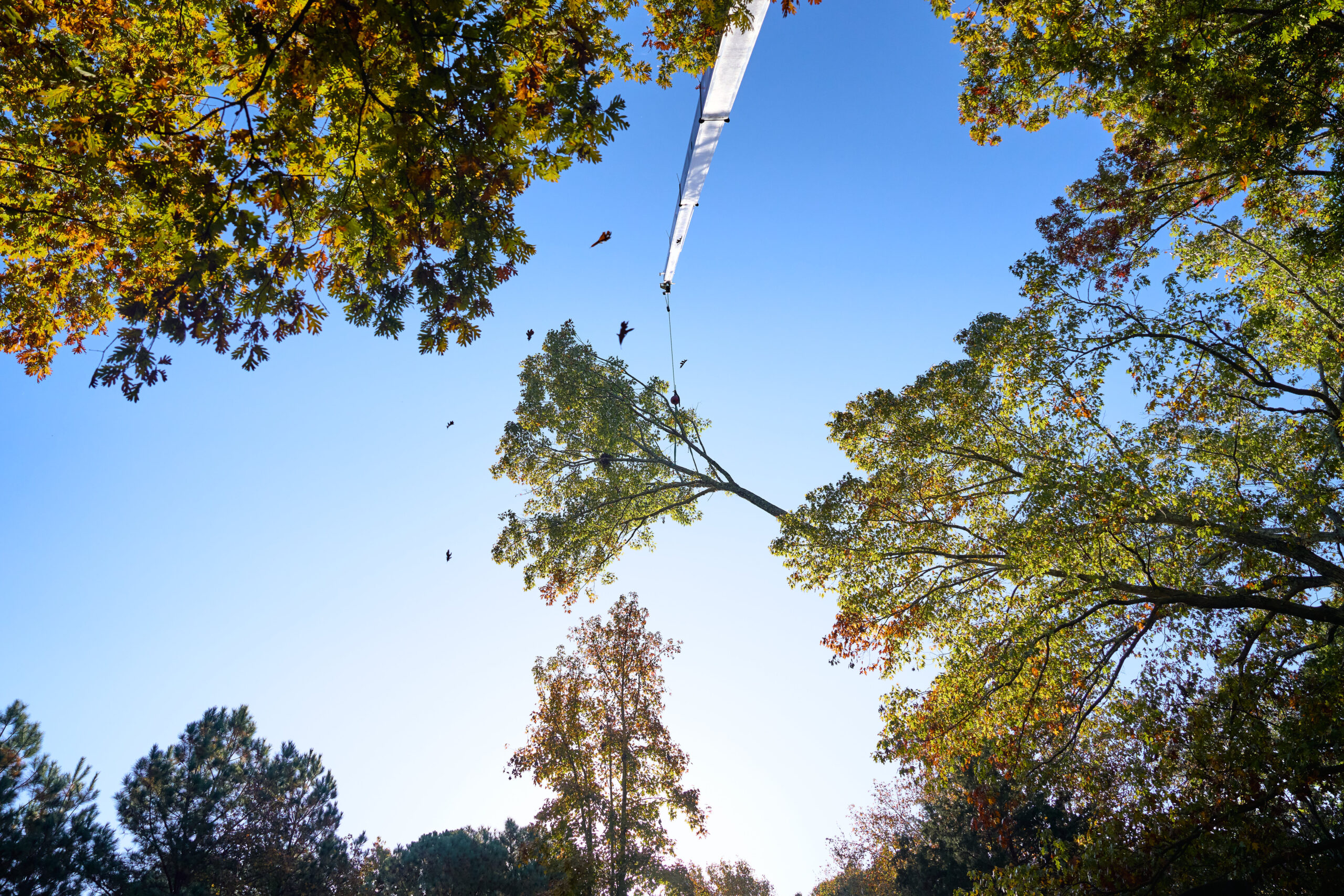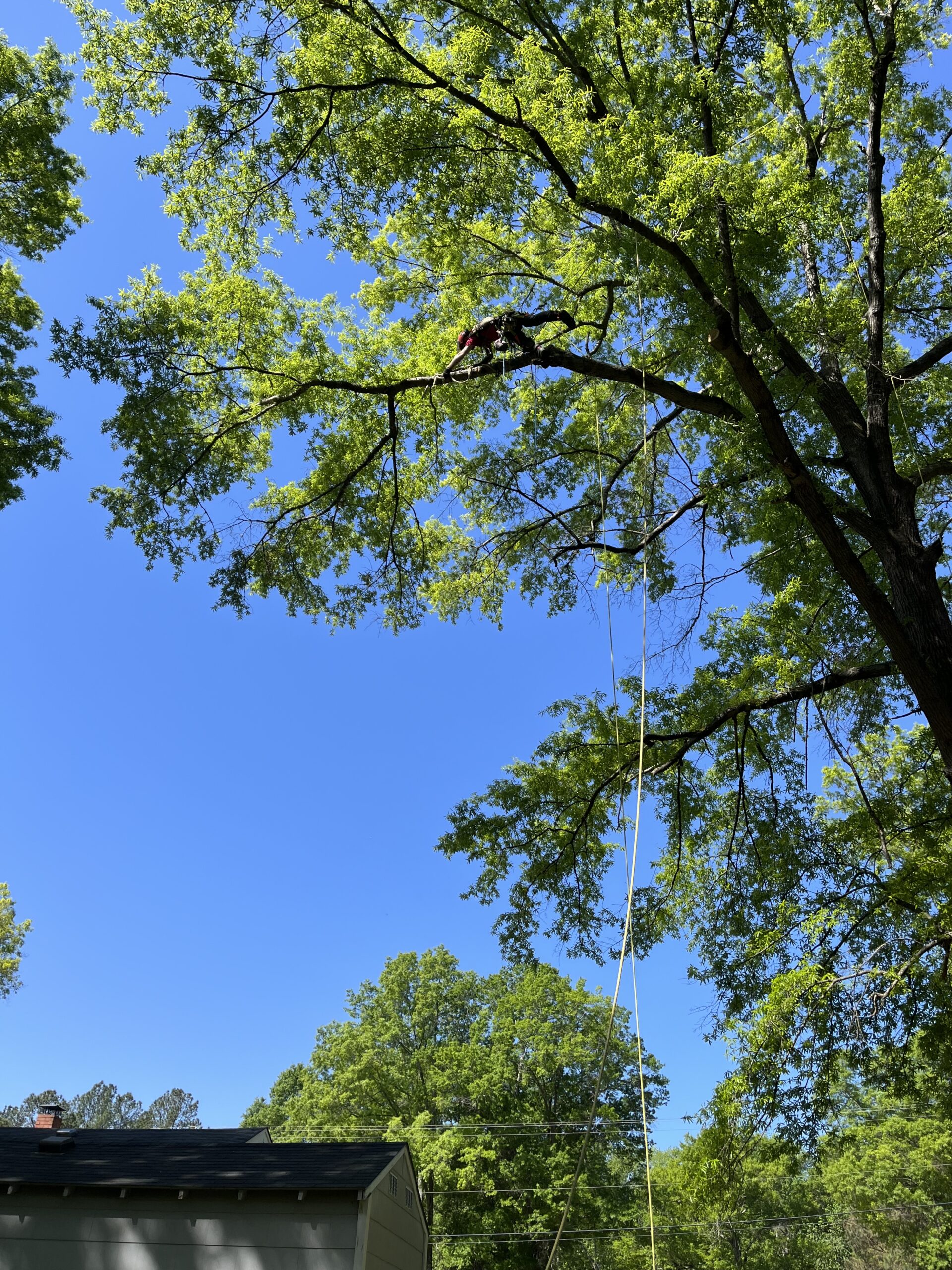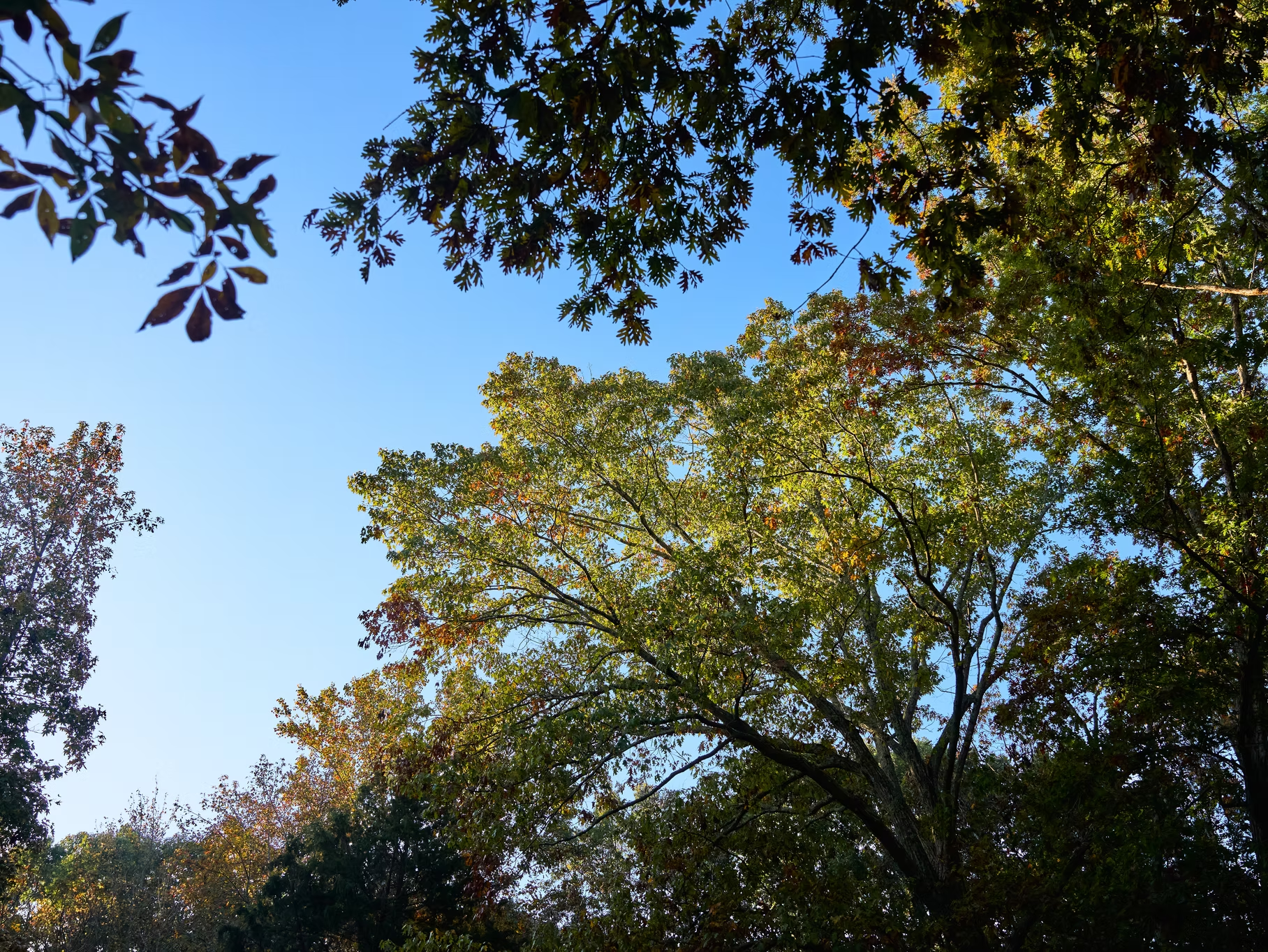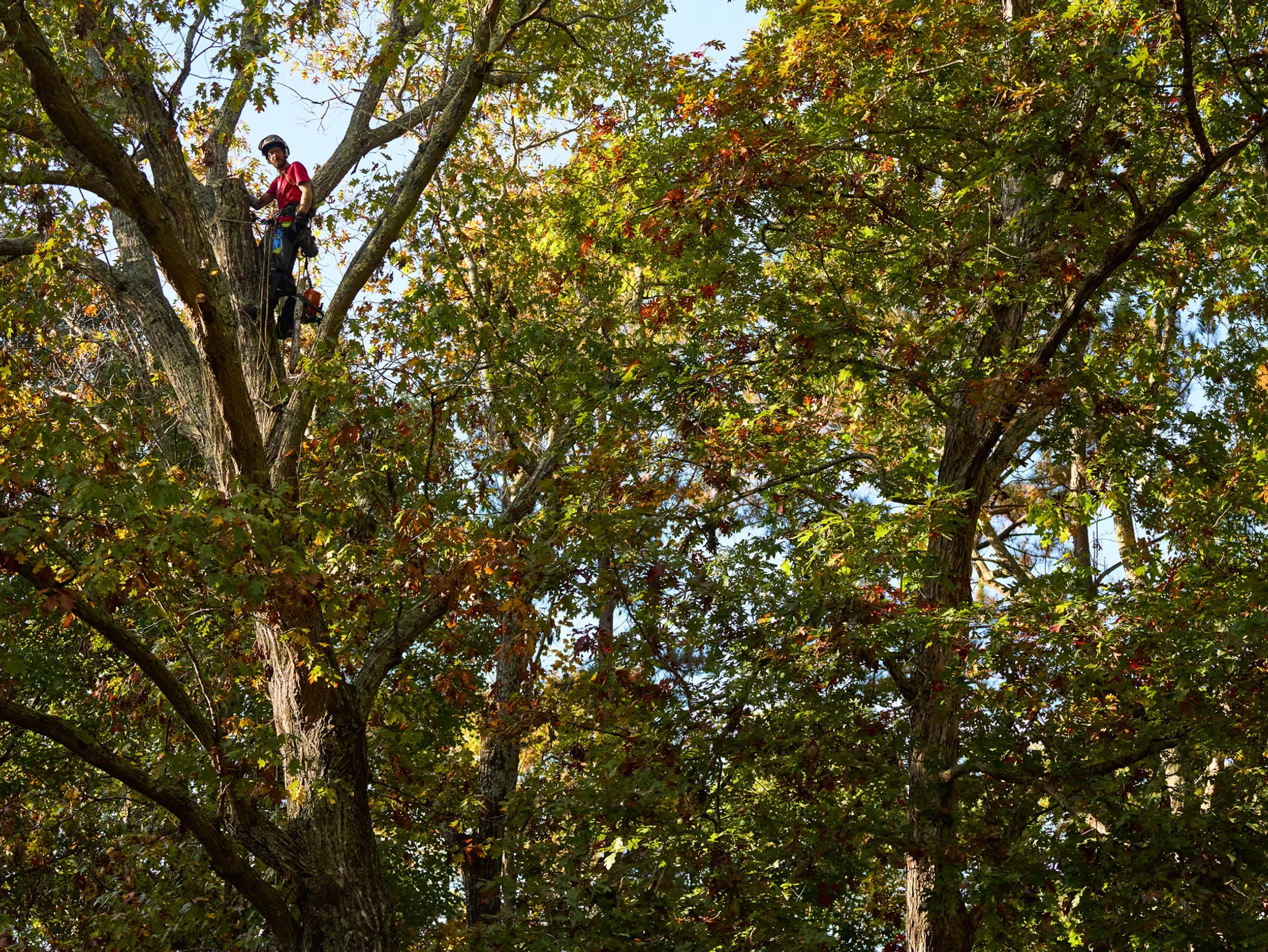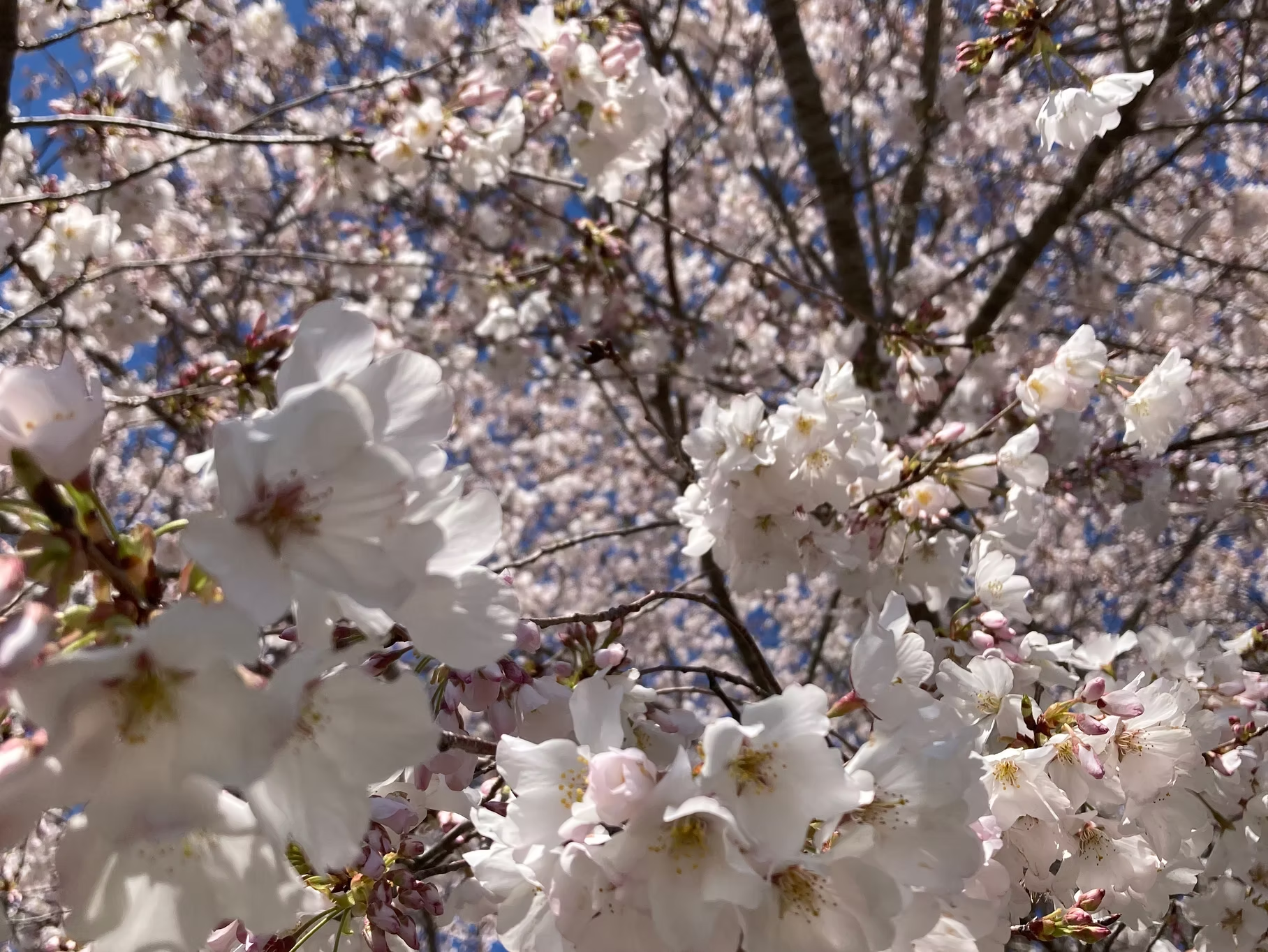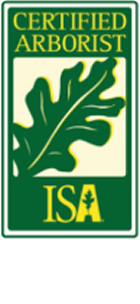Understanding Butt Rot: How Brittle Cinder Fungus Affects Trees
Updated on: September 9, 2025

db827b_215f4d19485949bcbe4473e6572f35c6~mv2
Root and basal rot from the Kretzschmaria deusta (or “brittle cinder”) fungus can be a major problem in our area affecting a wide variety of deciduous tree species. We’ve personally encountered it mostly on maple, beech, oak, and hackberry. Brittle cinder is a destructive root and trunk rot pathogen which rapidly causes infected wood tissue to lose strength. The spores can spread by air into existing basal wounds or cankers, or otherwise through root grafts between susceptible trees. As with any pest or disease issue, stressed trees are typically most susceptible, so generally keeping your trees healthy and thriving is a great preventative management strategy! (Learn more about root causes of tree stress here).
Signs of Decay from Kretzchmaria deusta (k. deusta) in Trees:
- Flattish or lumpy gray-colored fruiting bodies with white margins (typically seen in the Spring and Summer).
- Same bodies mentioned above turn dark black in color, and bubbly burnt-looking pieces of the fungus can often be broken off easily and crumbled between your fingertips.
- Sometimes bleeding cankers will develop and can be confused with Phytophthora cankers (which are also common but treatable).
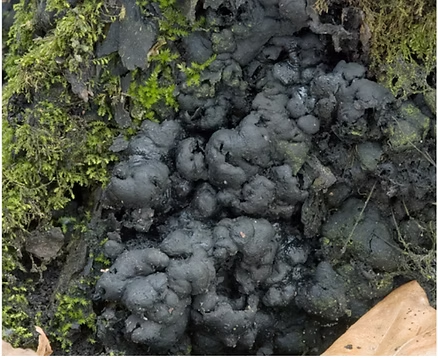
Infected Trees May Appear Healthy
Unfortunately, due to the unique decay pattern, the tree can still appear relatively sound as decay spreads through the roots and lower trunk!
This makes trees infected with K. deusta particularly dangerous for climbing arborists, especially if infected trees are allowed to decay in place for too long. Arborists who know how to spot this disease may have to set up more complex climbing and rigging operations to protect themselves and your property during the removal of badly infected trees, or access the tree with a crane or other large equipment where possible.
It can also mean that you may not notice this disease until the tree is nearly dead– and the risk to your home or property is higher than necessary.
Tree Removal: The Unfortunate Solution to Brittle Cinder Fungus
Because the roots and base of the tree are affected, trees with brittle cinder fungus can become a significant fall risk onto your home or other nearby property! The best thing to do upon discovering a brittle cinder/K. deusta infection on your tree is to have it removed promptly, and stump grind as much of the root material out as possible.
Fortunately, even though the disease is thought to spread by root grafts underground, it doesn’t seem to be particularly aggressive in this way. Removing infected trees and stumps is generally quite effective in halting the spread of this deadly disease to your other nearby trees!
If you spot gray and white flat fungal growths and/or brittle lumpy black areas at the base of your trees, don’t wait to contact us!
You can also read more about this disease here.

Sosha
She is the Owner, Operator, and an ISA Certified Arborist with expertise in everything from plant health to administrative management. A true "wearer of many hats," her dynamic life doesn't stop when the workday ends. A professional MMA fighter, banjo player, and artist, she is living proof that you can be both tiny and mighty.
Recent Posts
Local Expertise. No Sales Pitch.
We’re local tree enthusiasts who care about the health of North Carolina’s trees – and our community. You’ll get
honest advice, thoughtful recommendations, and zero pushy sales tactics.
We’re local tree enthusiasts who care about the health of North Carolina’s trees – and our community. You’ll get honest advice, thoughtful recommendations, and zero pushy sales tactics.
Hazardous trees don’t wait. We offer financing options and flexible scheduling so you can
take care of the problem now, keeping your property and family safe.


